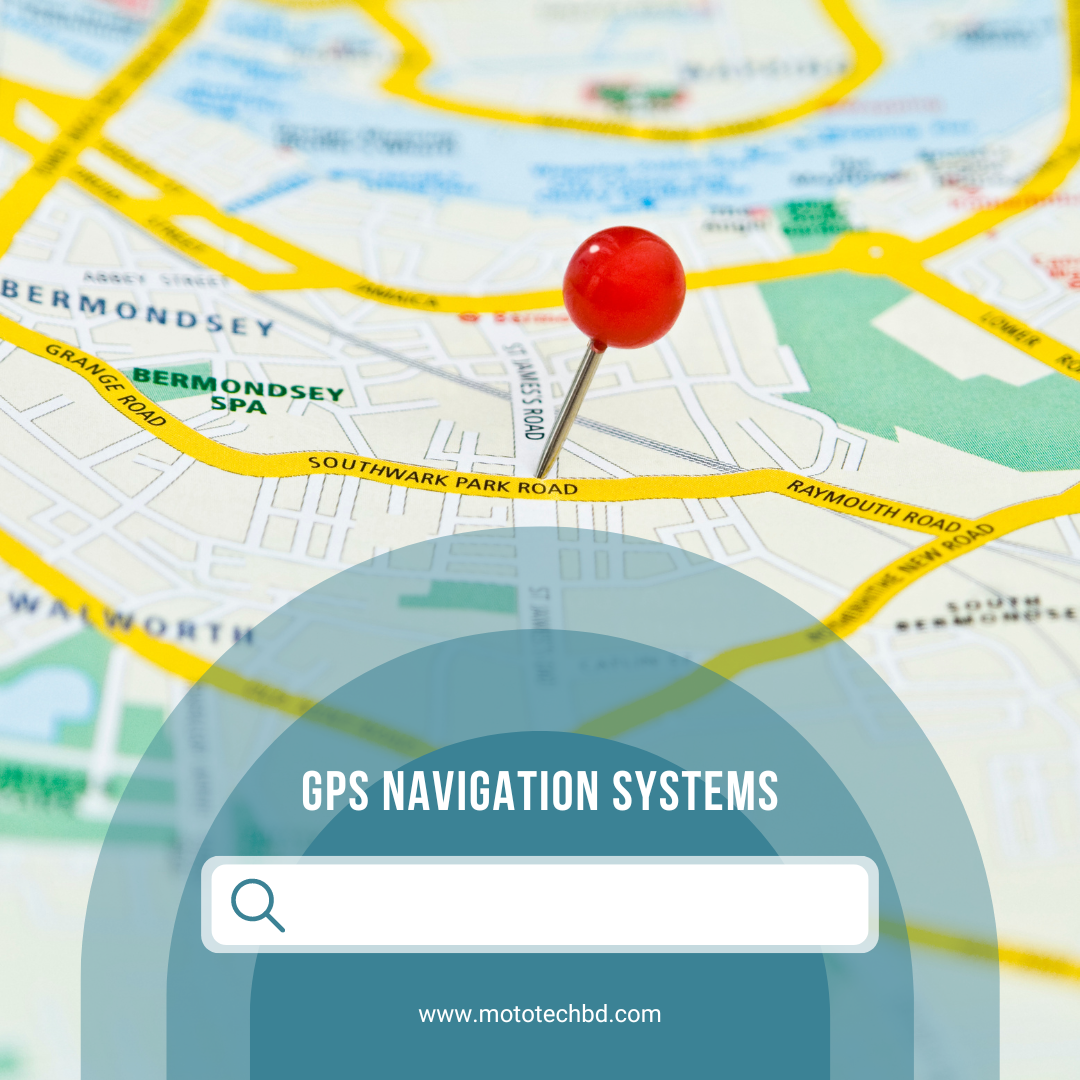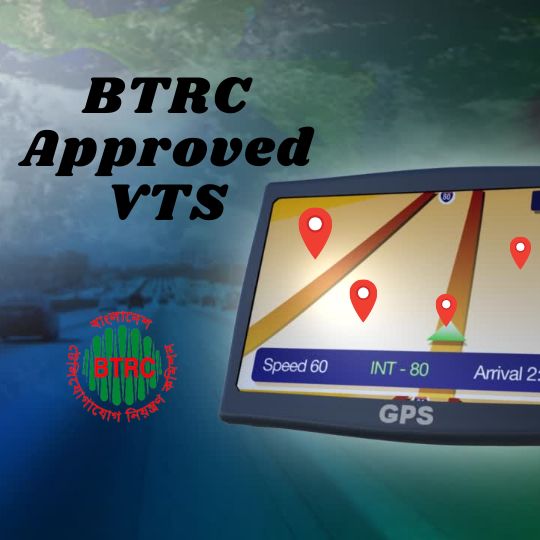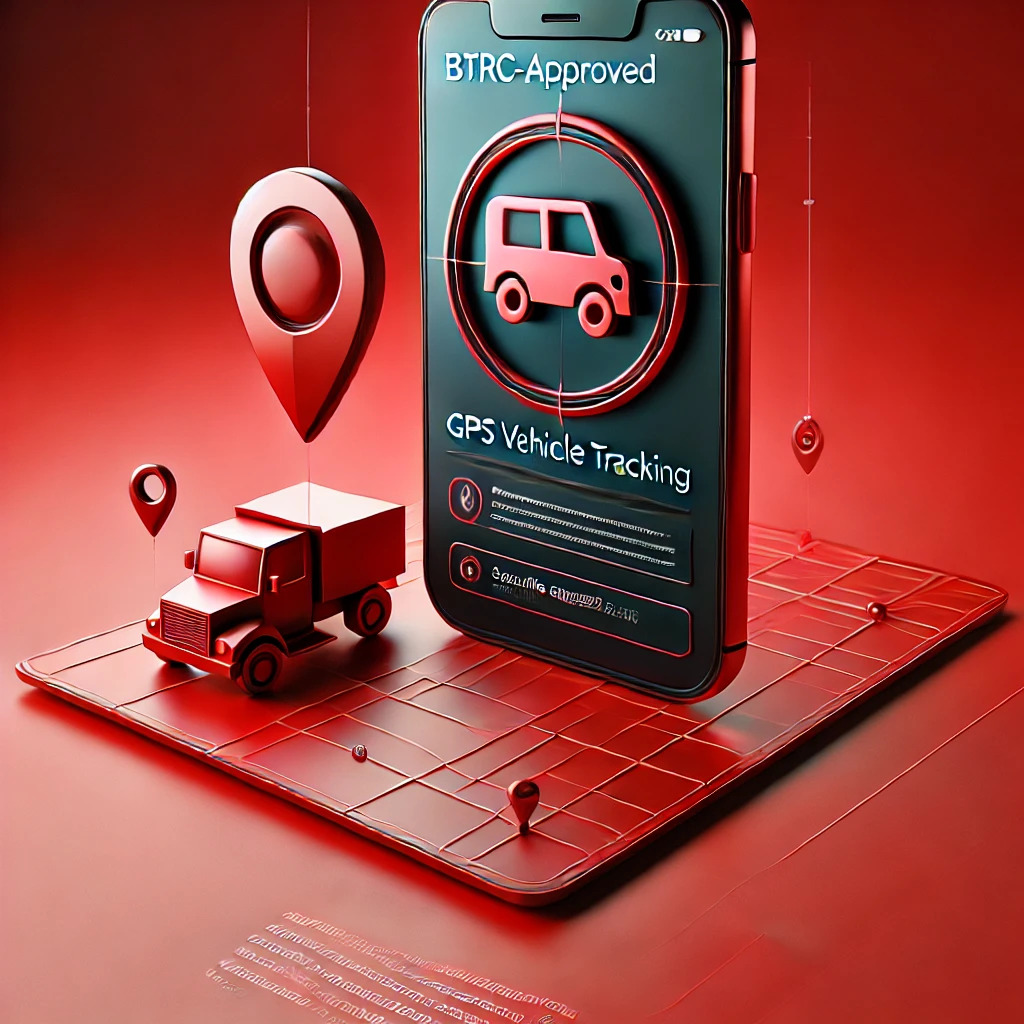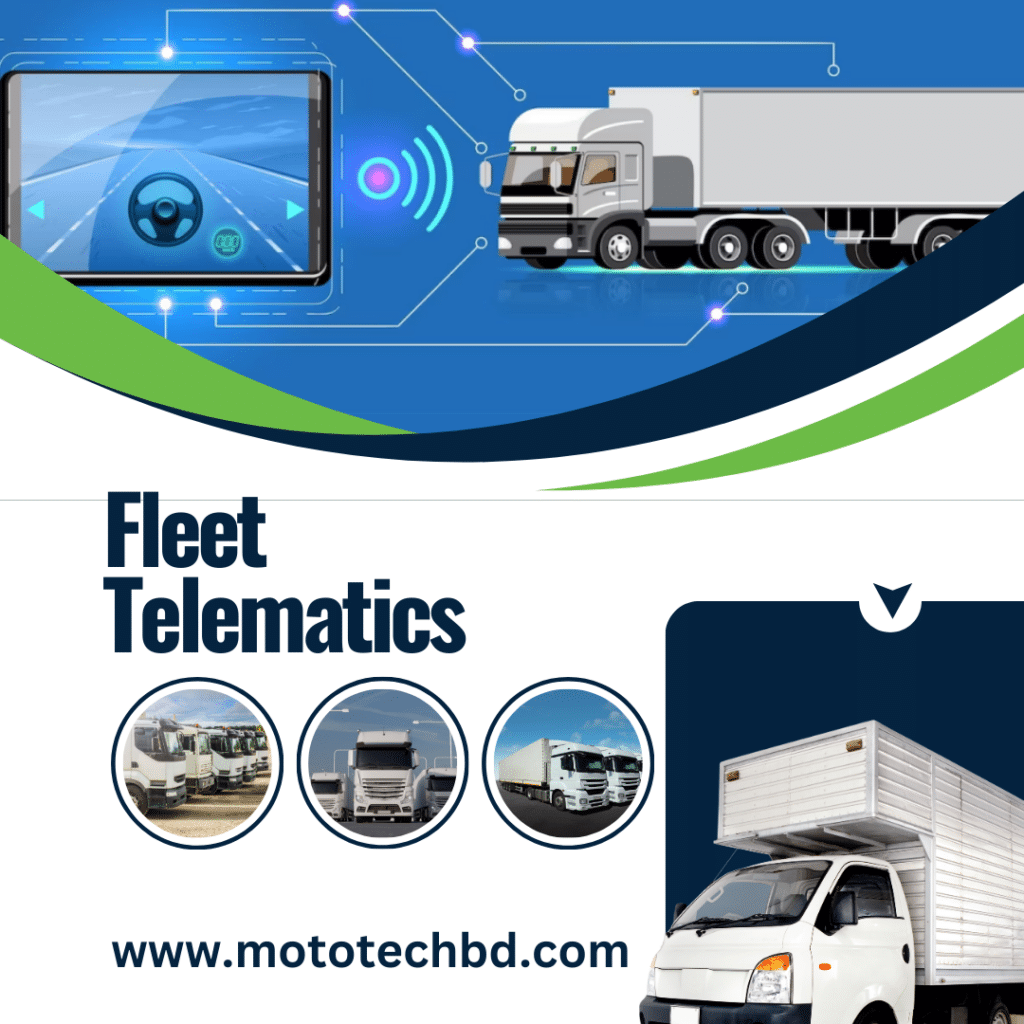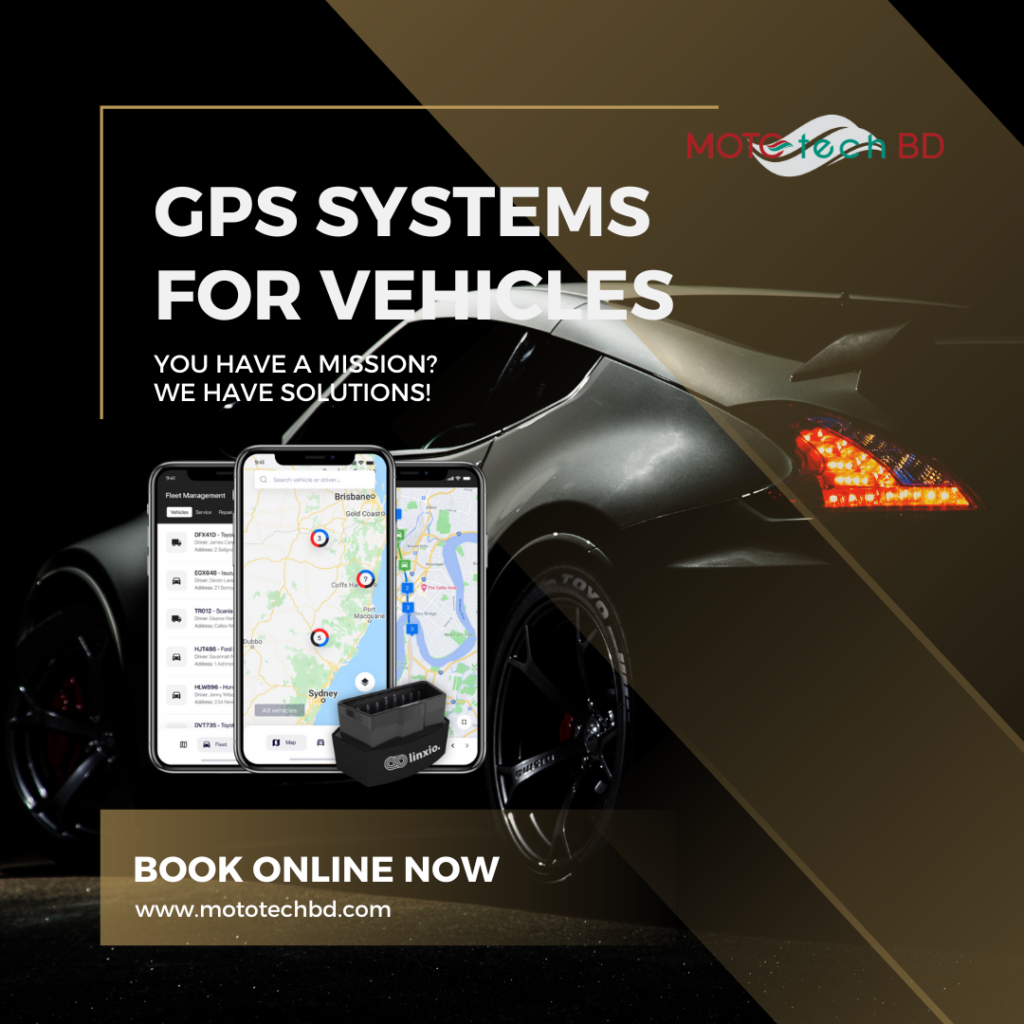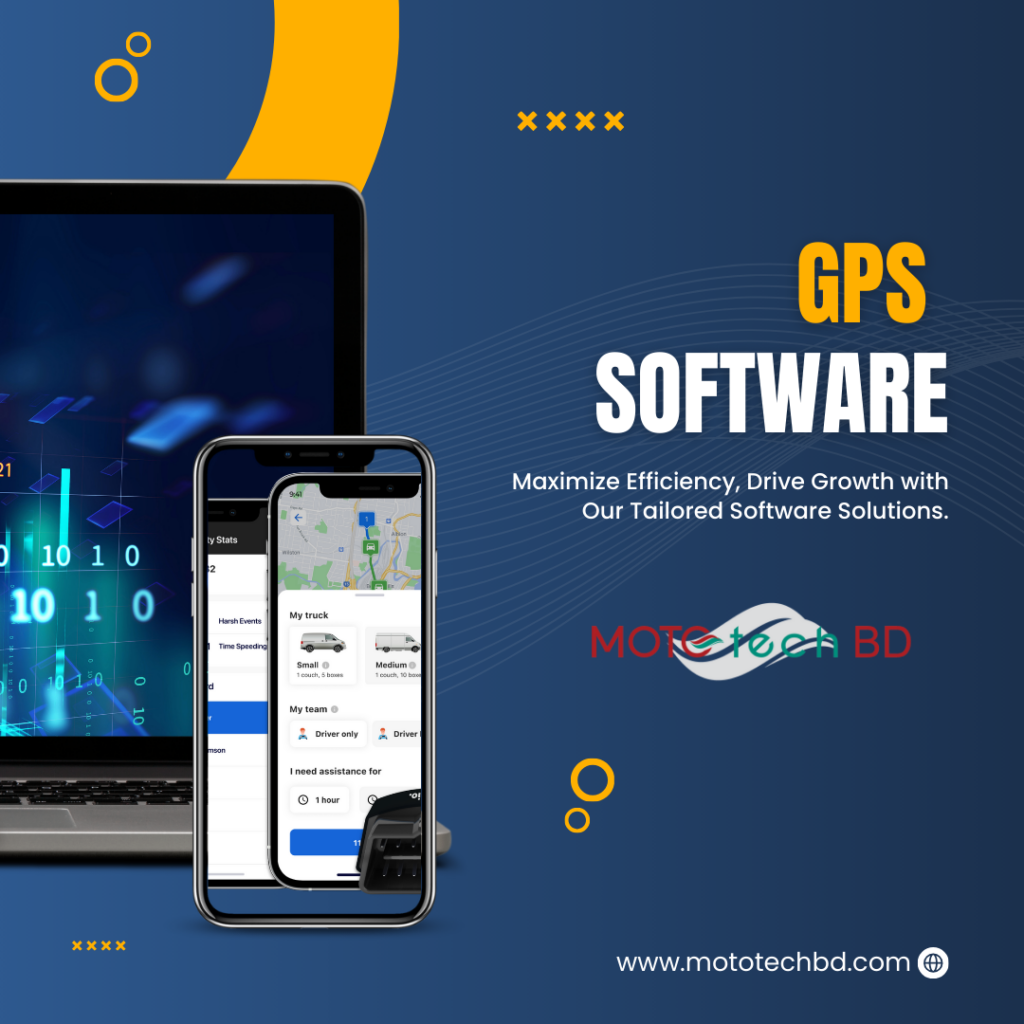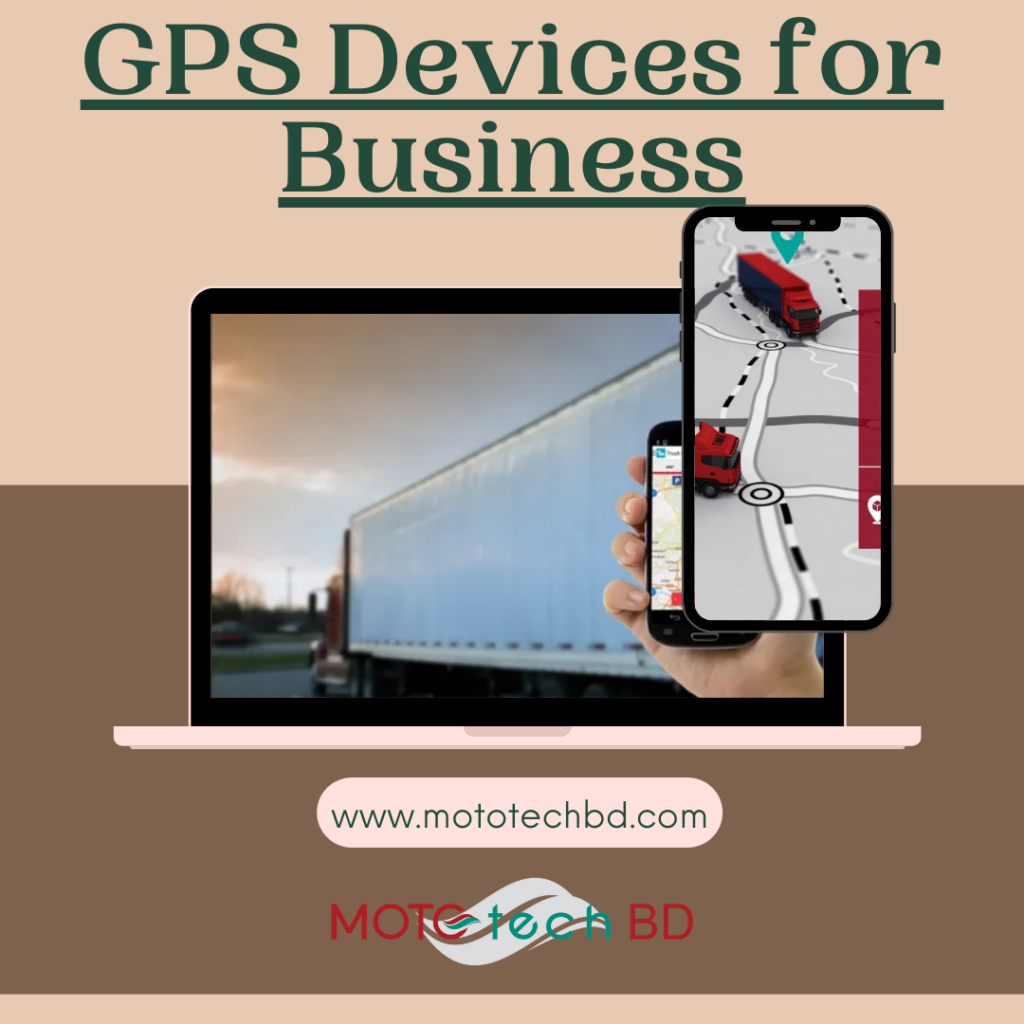In today’s world, GPS navigation systems have become essential tools for drivers, making road trips, commutes, and deliveries smoother and more efficient. With a good GPS system, you can avoid traffic jams, get real-time route updates, and find the shortest or fastest path to your destination. Whether you’re a casual driver or managing a fleet of vehicles, understanding the features and benefits of GPS navigation systems will help you make an informed decision when choosing the right one.
What Are GPS Navigation Systems?
A GPS navigation system uses signals from satellites to determine your exact location and guide you to your destination using real-time data. These systems come with pre-installed maps and advanced features like voice-activated navigation, real-time traffic updates, and points of interest. Available as standalone devices or integrated into vehicles, GPS navigation systems help drivers find the best routes, avoid traffic, and even provide alerts about nearby services like gas stations and restaurants.
Types of GPS Navigation Systems
- Standalone GPS Navigation Devices
These are independent GPS units that can be mounted on your dashboard or windshield. Brands like Garmin and TomTom are popular choices, offering features like real-time traffic updates, route optimization, and easy-to-read displays. Standalone GPS systems are perfect for those who need a dedicated device for navigation without relying on smartphones. - Built-in Vehicle GPS Navigation Systems
Many modern vehicles come with factory-installed GPS navigation systems integrated into the dashboard. These systems are convenient, often larger in display size, and integrated with other in-car functionalities like Bluetooth and entertainment systems. They offer seamless connectivity, but updates can be more expensive. - Smartphone-based GPS Navigation Apps
For those who don’t want to invest in a dedicated device, smartphones offer a variety of GPS navigation apps like Google Maps, Waze, and Apple Maps. These apps are constantly updated, provide real-time traffic and road hazard alerts, and allow voice commands for hands-free use. However, they depend on mobile data for updates, which can be an issue in areas with poor reception.
Top GPS Navigation Systems of 2024
1. Garmin DriveSmart 65
The Garmin DriveSmart 65 is a top-tier GPS navigation system that comes with a large 6.95-inch display, real-time traffic updates, and voice-activated navigation.
- Features: Lifetime map updates, Bluetooth calling, real-time traffic alerts, and Wi-Fi connectivity for easy software updates.
- Best For: Drivers who want a feature-packed GPS navigation device with a large display and advanced capabilities.
2. TomTom GO Supreme
TomTom remains one of the most popular GPS brands, and the GO Supreme is ideal for drivers who prioritize speed and efficiency.
- Features: Predictive routing, real-time traffic updates, lane guidance, and integration with Siri and Google Assistant for voice commands.
- Best For: Commuters and frequent drivers who want fast, accurate navigation.
3. Garmin Drive 52
A more budget-friendly option, the Garmin Drive 52 offers reliable navigation with a simple, user-friendly interface.
- Features: 5-inch screen, turn-by-turn directions, driver alerts, and easy-to-read maps.
- Best For: Casual drivers looking for a dependable and affordable GPS navigation system.
4. Rand McNally OverDryve 7 Pro
The Rand McNally OverDryve 7 Pro is perfect for road trips, offering both navigation and entertainment in one device.
- Features: 7-inch display, real-time weather and traffic updates, hands-free calling, and voice assistance.
- Best For: Drivers who need more than just navigation, combining infotainment and communication features.
5. Google Maps
Google Maps remains one of the most widely used navigation apps, offering detailed, regularly updated maps and real-time traffic alerts.
- Features: Free to use, live traffic, route planning, and street view.
- Best For: Smartphone users looking for a free, reliable, and constantly updated GPS navigation system.
Benefits of Using GPS Navigation Systems
- Accurate Turn-by-Turn Directions
With a GPS navigation system, you can get precise, turn-by-turn directions to your destination. These systems also provide voice guidance, so you can focus on driving without having to constantly check the screen. - Real-Time Traffic Updates
Avoid traffic jams, road closures, and accidents with real-time traffic updates. GPS navigation systems like Garmin and TomTom use real-time data to suggest faster, alternative routes. - Enhanced Safety
Many GPS navigation devices come with additional safety features like speed limit alerts, lane guidance, and collision warnings. These features help drivers stay informed and reduce the risk of accidents. - Hands-Free Operation
With voice-activated controls, you can operate your GPS navigation system without taking your hands off the wheel. Simply give commands like “find the nearest gas station,” and the system will guide you there. - Customizable Routes
Some GPS systems allow you to customize your route based on preferences such as avoiding toll roads or choosing the shortest path. This flexibility is especially useful for long trips or when navigating unfamiliar areas.
How to Choose the Right GPS Navigation System
- Screen Size and Display Quality
Consider the screen size and display quality when choosing a GPS navigation system. Larger screens make it easier to view maps and follow directions, while a bright, high-resolution display is important for clear visibility in various lighting conditions. - Real-Time Traffic and Map Updates
For busy city drivers or those who frequently travel, real-time traffic updates are a must. Additionally, look for systems that offer lifetime map updates, so you’ll always have the most current routes without extra costs. - Mounting Options
Ensure that the GPS navigation system you choose has convenient mounting options. Windshield or dashboard mounts should be stable and easy to adjust for the best viewing angle. - Additional Features
Advanced features like Bluetooth connectivity, voice control, and integration with smart assistants (Siri, Google Assistant) can make navigation more convenient and safer by allowing hands-free operation. - Battery Life (For Portable Devices)
If you’re opting for a portable GPS device, check the battery life. Longer battery life is essential for long trips where charging opportunities might be limited.
Why GPS Navigation Systems Are Essential for Drivers
- Time Savings
By providing real-time route updates and alternate routes, GPS systems help drivers save time by avoiding traffic jams and road closures. This is especially beneficial for commuters and delivery drivers who need to stick to a schedule. - Fuel Efficiency
By taking the most efficient routes, GPS navigation systems can help drivers save on fuel costs. Optimized routes reduce unnecessary detours and time spent idling in traffic, improving fuel efficiency. - Stress-Free Travel
Whether you’re driving through a new city or planning a cross-country road trip, a GPS navigation system eliminates the stress of finding your way. With accurate maps and reliable turn-by-turn directions, you can relax and enjoy the journey.
GPS Navigation Systems vs. Smartphone Navigation Apps
While smartphone navigation apps like Google Maps and Waze offer similar functionalities, there are a few key differences between them and standalone GPS navigation systems:
- Connectivity: Smartphone apps require a data connection for real-time updates, which may not be reliable in remote areas. Standalone GPS systems use preloaded maps and satellite signals, making them more dependable in areas with poor reception.
- Battery Usage: Using a smartphone for navigation can drain the battery quickly. Standalone GPS devices have longer battery life and are designed specifically for continuous use on the road.
- Feature Set: Dedicated GPS systems often come with more advanced features, such as lane guidance, live traffic updates, and larger, high-resolution screens for easier viewing.
Investing in a reliable GPS navigation system can make your driving experience smoother, safer, and more efficient. Whether you choose a standalone device or rely on a smartphone app, having access to real-time traffic updates and accurate directions will save you time, money, and stress. Choose a system that fits your specific needs, and enjoy the convenience of stress-free navigation wherever you go.


 YAMAHA
YAMAHA SUZUKI
SUZUKI HONDA
HONDA


